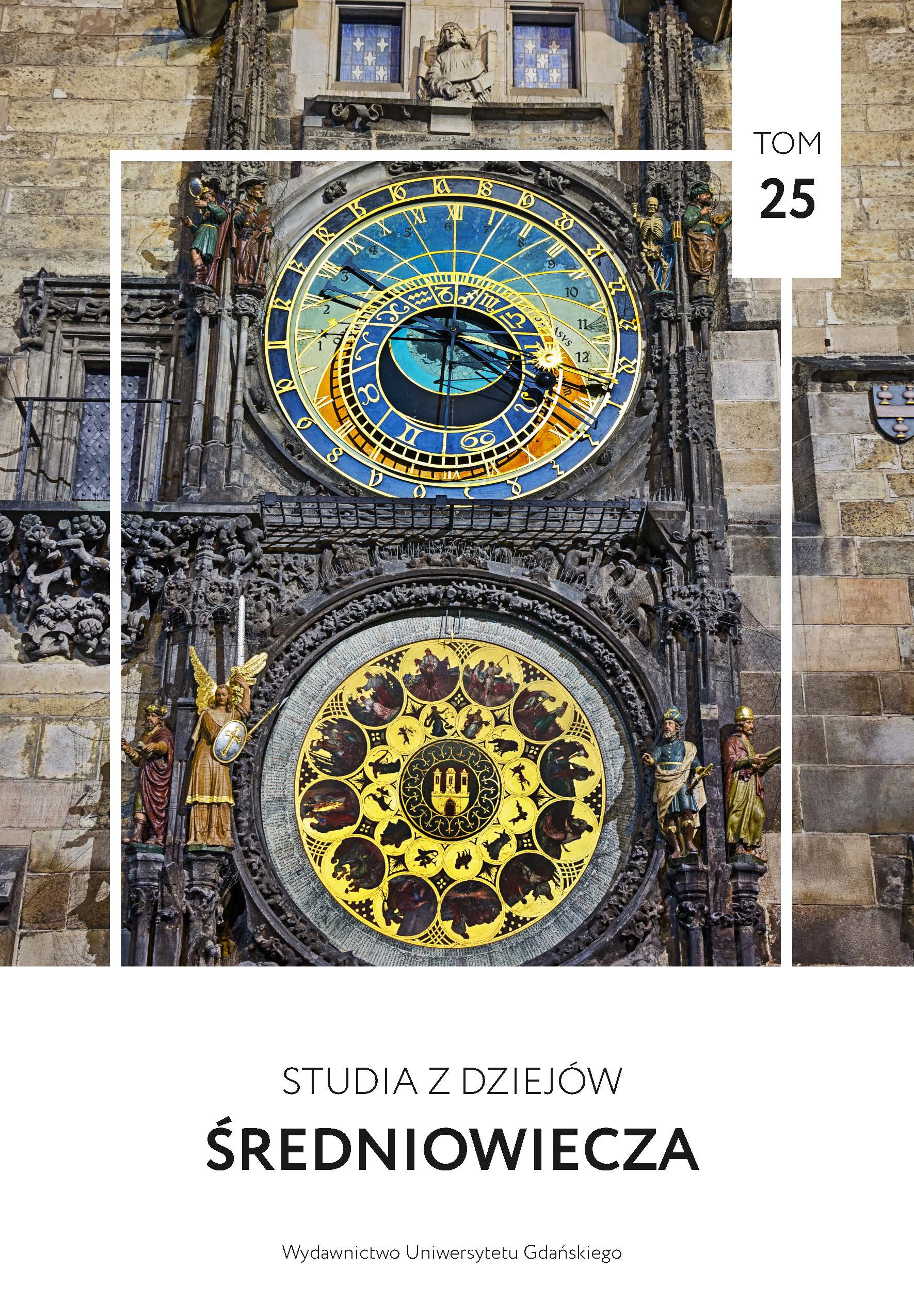Topografia sakralna średniowiecznego Gdańska jako problem badawczy
DOI:
https://doi.org/10.26881/sds.2022.25.08Słowa kluczowe:
sacral topography, spatial development, Gdańsk, Middle AgesAbstrakt
One of the main aspects of space in the medieval town consisted of various kinds of sacred structures, above all, parish churches, but also churches belonging to religious houses and hospital chapels. Many spheres of the social life of the town centred on them, both in terms of community (corporate ones involving forms of collective religious experience within guilds and brotherhoods) and of individual experience (private piety). The article considers the issue in relation to the settlement complex of medieval Gdańsk, which initially was a city under Lübeck law, which after its destruction became three town centres successively established in the fourteenth century: the Gdańsk Main Town, the Gdańsk Old Town, and the Gdańsk Young Town. It is important to note that within them were pre‑existing and newly built parish and sister churches, hospital chapels, and churches attached to religious houses. All such buildings are of interest in the sacred topography of the settlement complex in the Middle Ages. Detailed studies of this topic should contribute to a fuller picture of the social history of Gdańsk in the late Middle Ages with special reference to functioning church institutions, not only in an institutional sense, but also as a social network linking various social levels among its inhabitants, both individually and collectively.

 Uniwersyteckie Czasopisma Naukowe
Uniwersyteckie Czasopisma Naukowe





